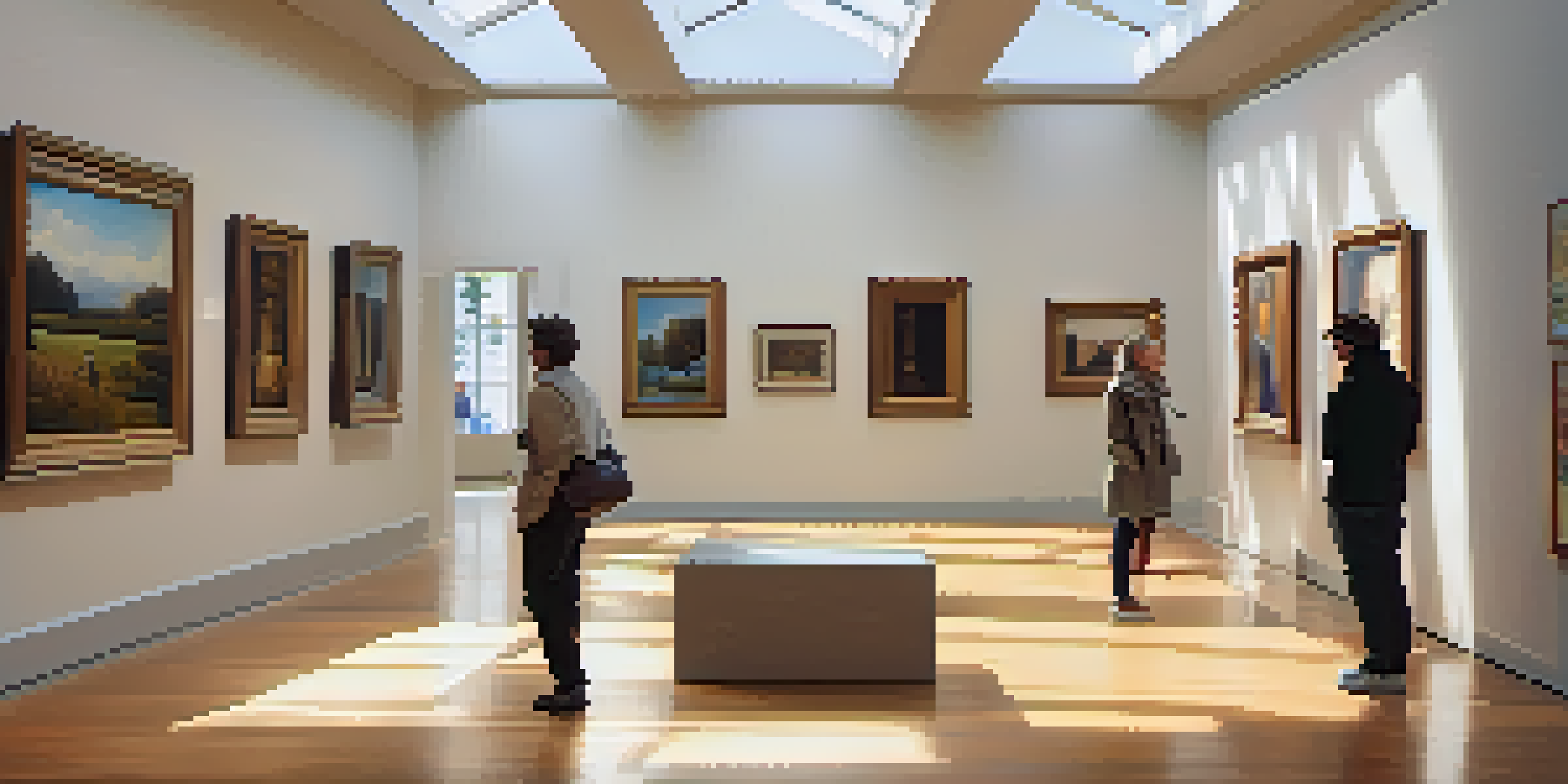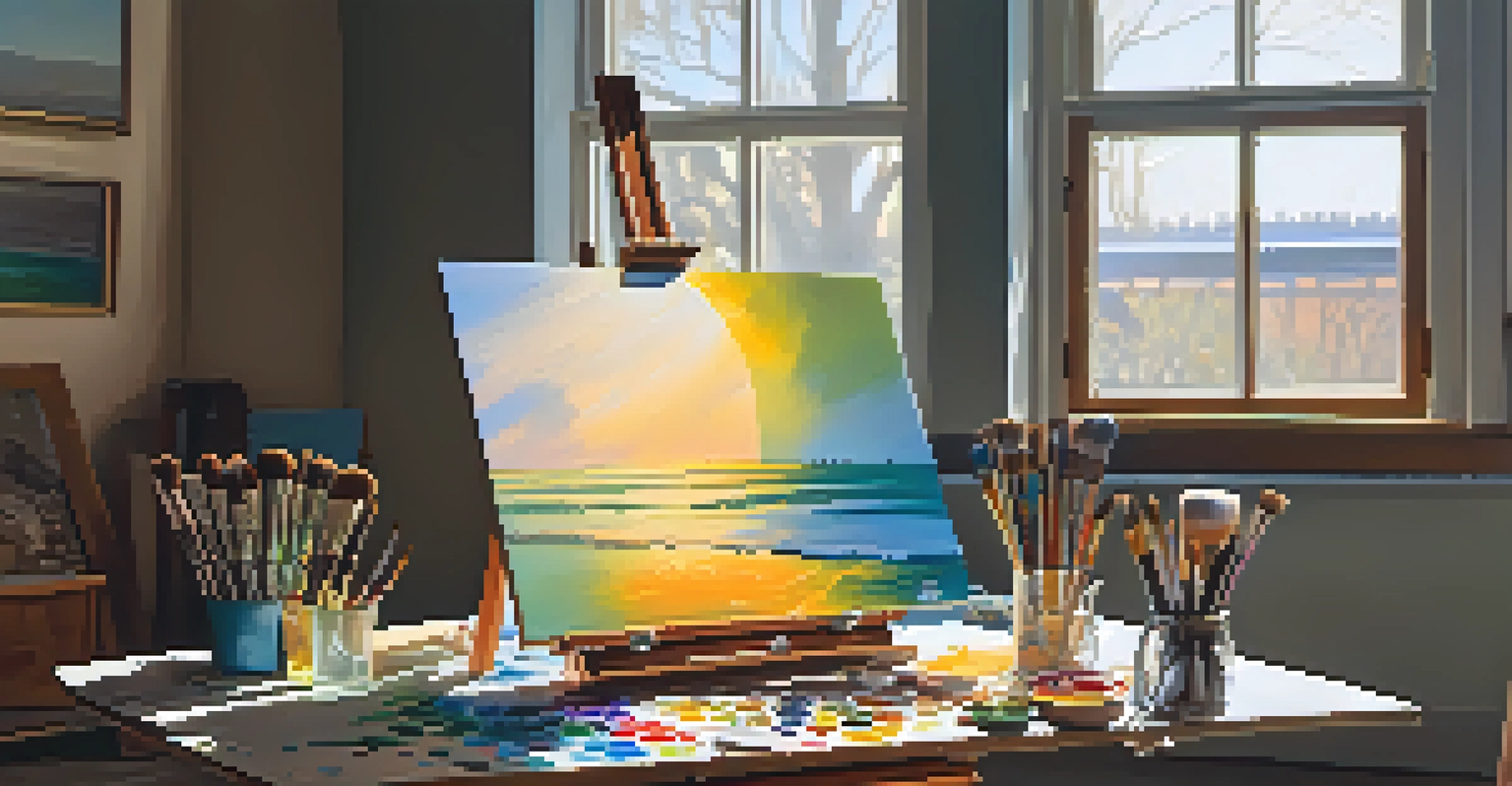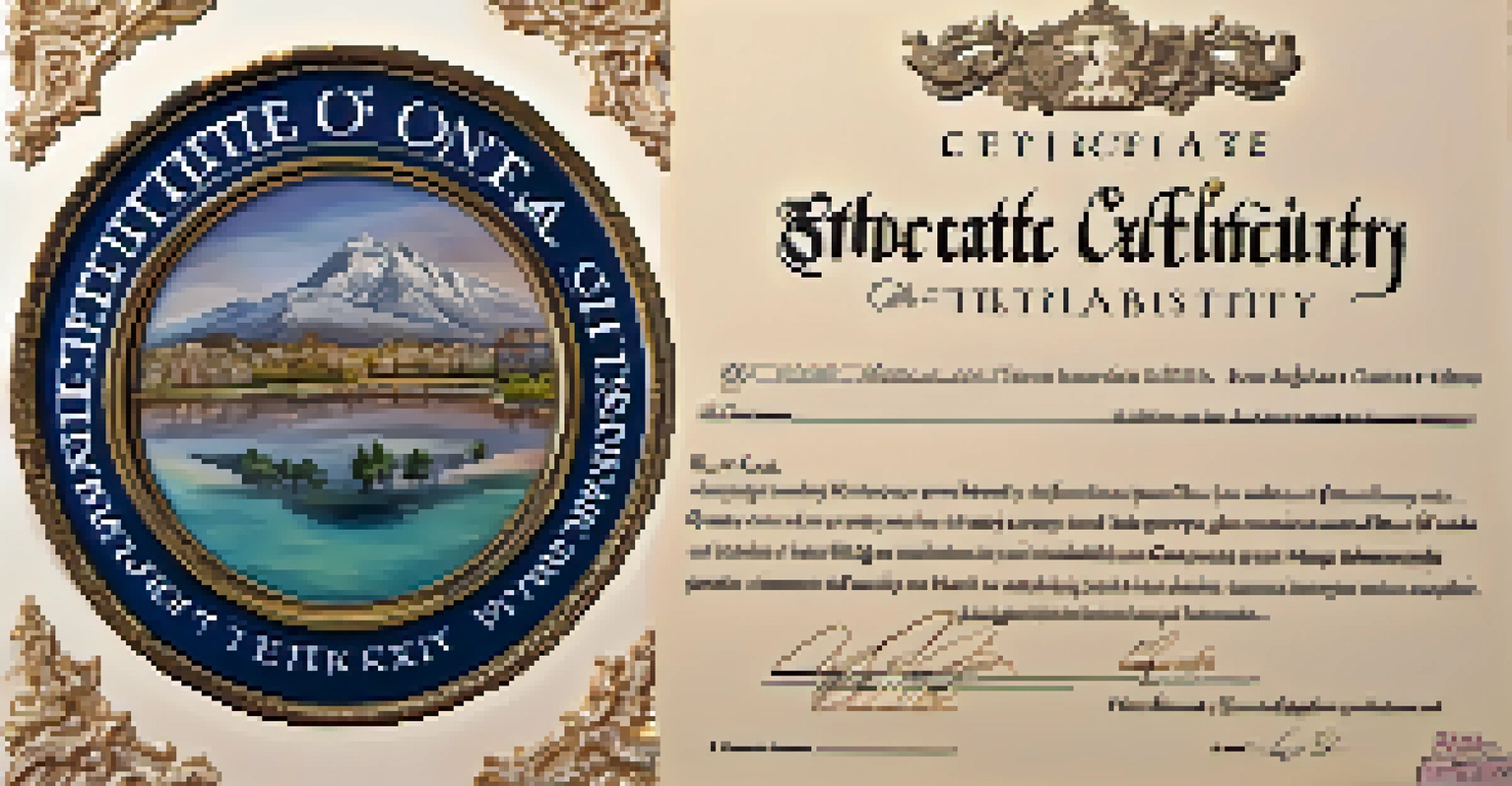Authenticity in Art: How to Verify and Protect Your Collection

Understanding Art Authenticity: What Does It Mean?
Art authenticity refers to the genuine origin and creation of a piece. It ensures that what you have in your collection is not a replica or forgery. This concept is crucial for collectors who invest significant amounts of money and emotional energy in their art pieces.
The most important thing in art is the frame. For painting is a frame. Art is a frame; it is a way of seeing.
Without authenticity, the value of art can plummet, leaving collectors with items that may hold no real worth. Just like a family heirloom, the story behind an artwork contributes to its significance. Knowing that a piece is authentic enhances its emotional and financial value.
Related Resource
In essence, authenticity is the backbone of the art world. It not only preserves the value of a piece but also respects the artist's intent and effort. Therefore, understanding how to verify authenticity is essential for any art lover.
The Role of Provenance in Confirming Authenticity
Provenance is the documented history of an artwork’s ownership. Think of it like a resume for an art piece, detailing where it’s been and who has owned it. This history provides context that can validate authenticity and significantly impact an artwork's market value.

For instance, a painting once owned by a famous collector or displayed in a renowned gallery may have a higher value due to its provenance. Collectors often seek out this history to ensure they're making a wise investment. Without this documentation, the risk of acquiring counterfeit art increases.
Art Authenticity Matters
Ensuring the authenticity of art pieces protects both their emotional and financial value.
Incorporating provenance into your collection verification process is vital. It not only aids in establishing authenticity but also connects you to the artwork's rich narrative. This connection can enhance your appreciation and understanding of the piece.
Utilizing Expert Appraisals for Verification
Engaging professional appraisers can be a game-changer in verifying art authenticity. These experts possess the knowledge and experience to assess a piece's legitimacy. They can identify tell-tale signs of forgery that might be invisible to the untrained eye.
Art is not freedom from discipline, but disciplined freedom.
For example, an appraiser may analyze brushwork, materials, and signatures to determine if an artwork aligns with the artist's known practices. Their insights can provide peace of mind, especially when investing in high-value pieces. Additionally, appraisals can add credibility to your collection, should you decide to sell in the future.
Related Resource
Remember, investing in an appraisal is an investment in your collection's integrity. It’s worth the expense to ensure that what you own is not just an imitation but a genuine piece of art history.
The Importance of Certificates of Authenticity
Certificates of Authenticity (COAs) serve as official documents verifying that an artwork is genuine. They typically include details about the piece, such as the artist's name, title, and medium. Having a COA is like having a birth certificate for your artwork—it solidifies its identity.
When purchasing art, always request a COA from the seller. This not only validates the piece but also protects you as a buyer. A reputable seller will readily provide this documentation, reinforcing their credibility and your confidence in the transaction.
Provenance Enhances Value
Documented ownership history, or provenance, can significantly increase an artwork's market value and validate its authenticity.
However, it’s essential to verify the COA’s legitimacy as well. Just because a document exists doesn’t mean it’s authentic. Cross-referencing with the issuing authority can help ensure that your investment is secure.
Digital Tools: Modern Solutions for Art Verification
In today’s digital age, technology offers innovative ways to verify art authenticity. Online databases and blockchain technology can provide provenance records and track ownership histories. This digital approach adds an extra layer of security to your collection.
For instance, some platforms allow artists to register their work, creating a permanent, tamper-proof record. This means that every time the artwork changes hands, its history is updated, ensuring transparency. As a collector, utilizing these tools can enhance your confidence in your purchases.
Related Resource
Embracing digital solutions can make the verification process more efficient. It empowers you with access to a wealth of information at your fingertips, making it easier to protect your investment.
Common Forgery Techniques: Know What to Look For
Understanding common forgery techniques can help you avoid pitfalls when collecting art. Forgeries can range from skillfully painted replicas to digitally altered images. Knowing how these fakes are created can equip you with the knowledge to spot potential red flags.
For example, some forgers might use old canvases to trick buyers into thinking they have an original piece. Others may mimic an artist's style without the necessary techniques or materials. By familiarizing yourself with these methods, you can approach acquisitions with a more critical eye.
Digital Tools for Verification
Modern technology, including online databases and blockchain, offers innovative ways to verify the authenticity and provenance of art.
Awareness is your first line of defense against art fraud. By staying informed about forgery tactics, you can make more educated decisions and safeguard your collection.
Protecting Your Collection: Insurance and Security Measures
Once you’ve verified the authenticity of your collection, protecting it becomes paramount. Art insurance is a wise investment that can cover loss, theft, or damage. A policy tailored to your collection ensures that you’re not left with significant financial loss should the unexpected occur.
In addition to insurance, consider security measures to safeguard your pieces. This could include climate control to preserve the art’s condition or secure display cases in your home. Taking these precautions can help maintain the integrity and value of your collection.

Ultimately, protecting your art is about respect—both for the artists and for your investment. By being proactive, you can enjoy your collection with confidence, knowing you’ve taken steps to preserve its authenticity and value.